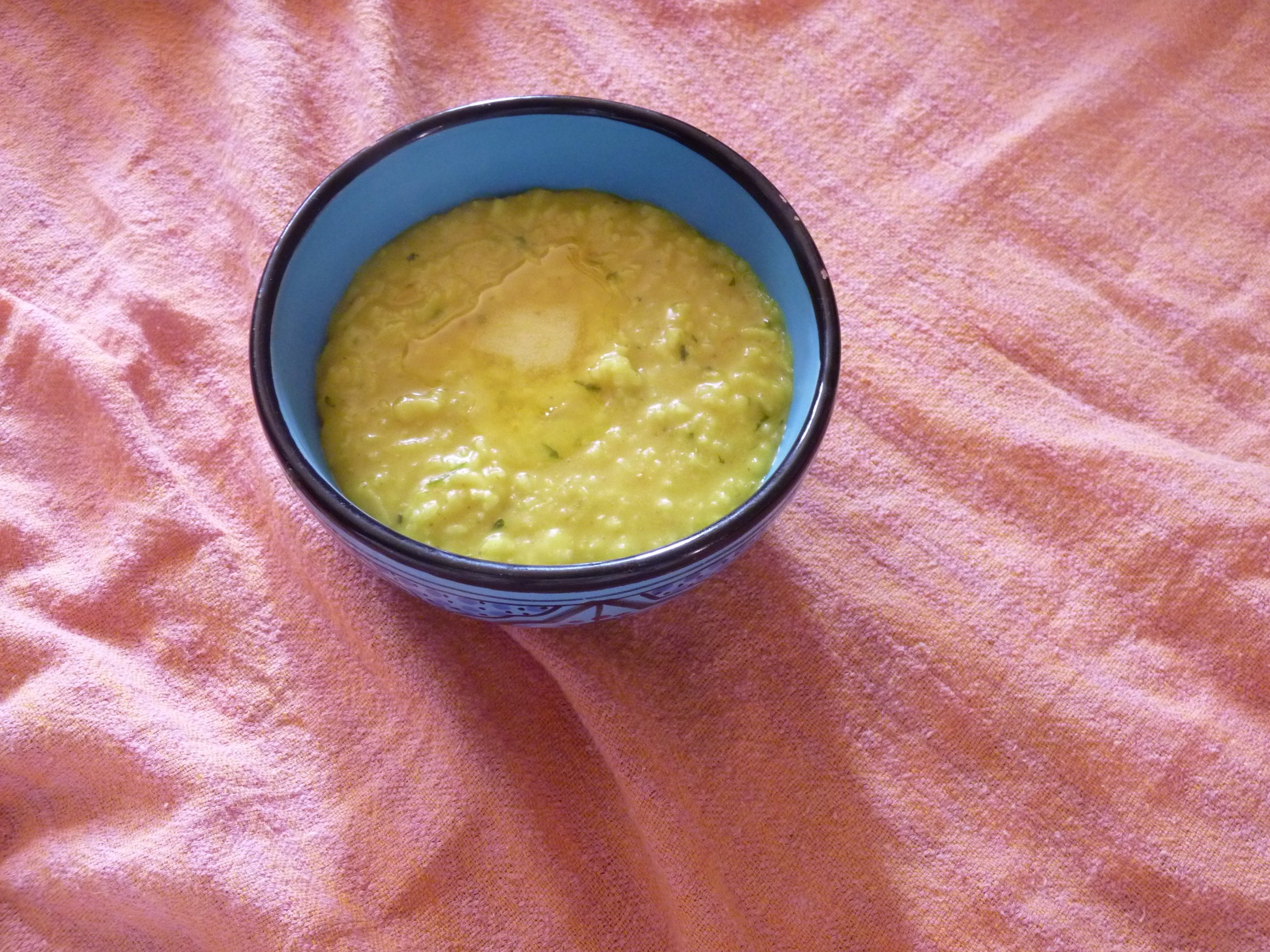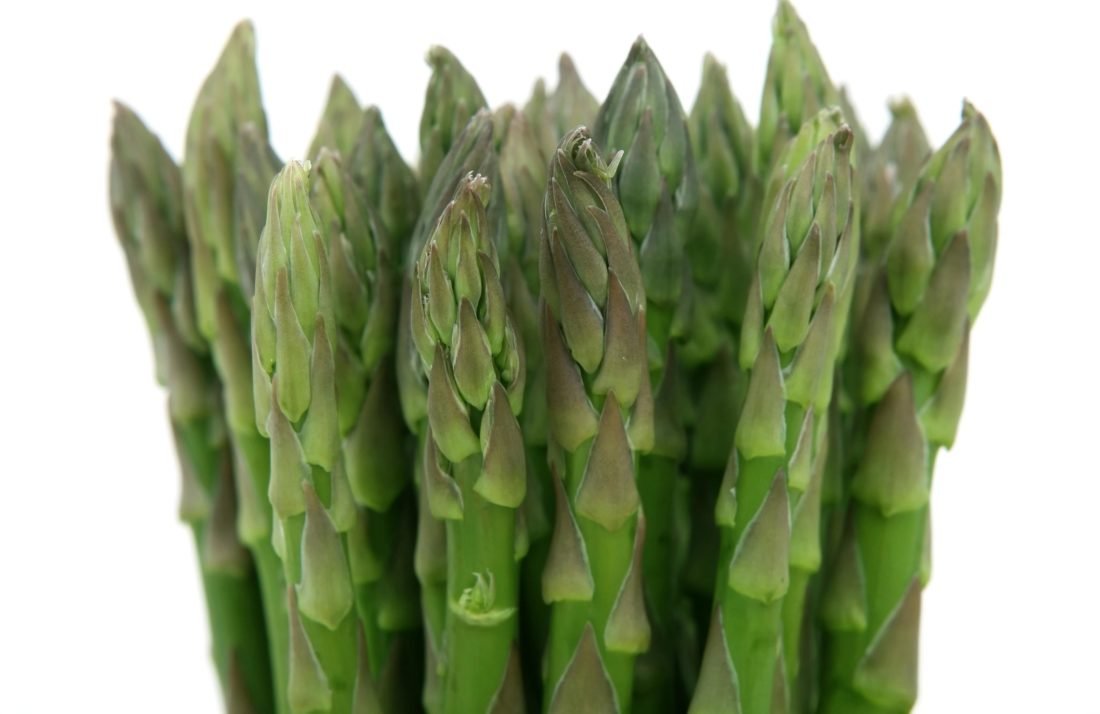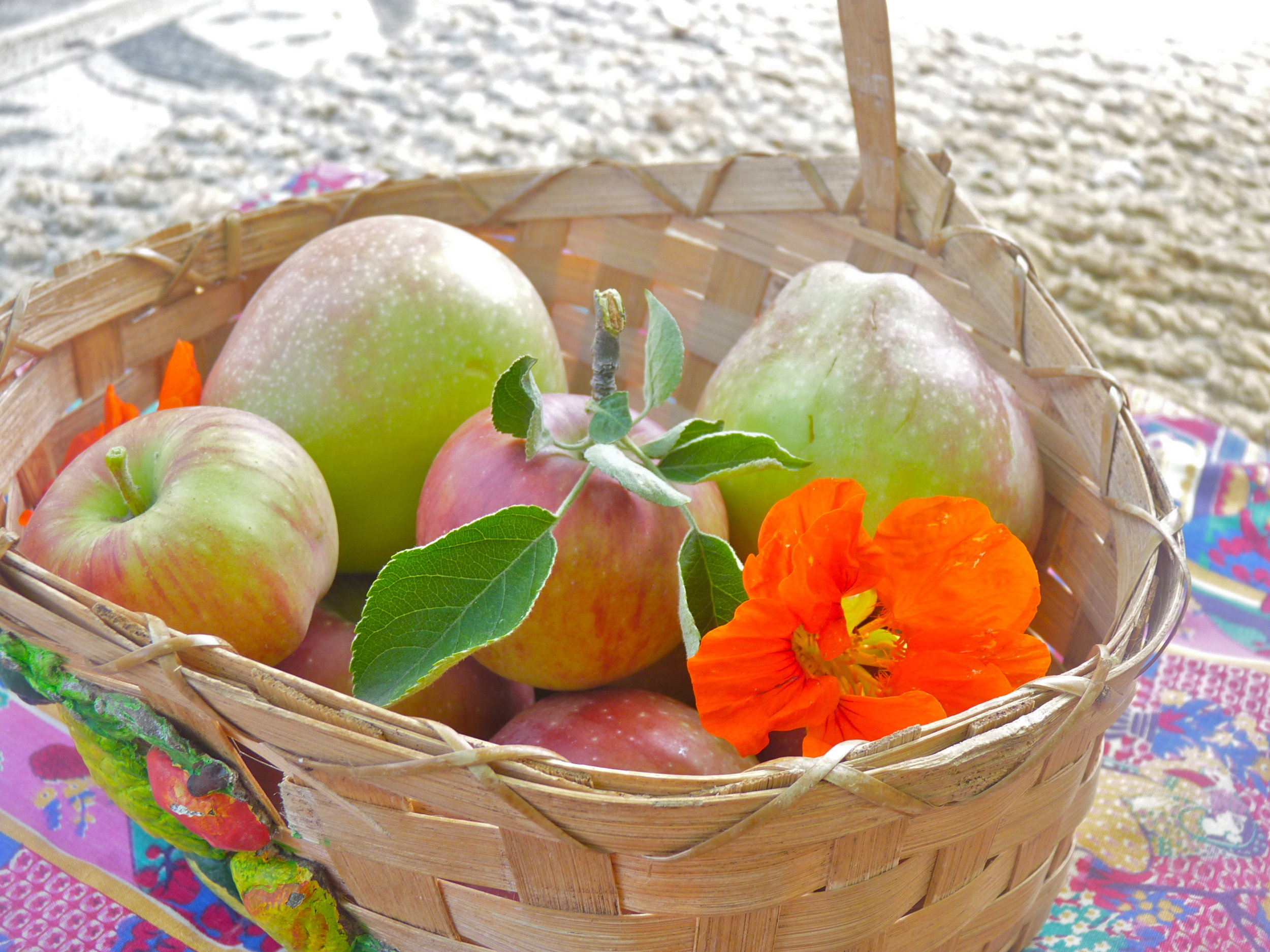Last week we discussed five key aphrodisiac foods. Following on from that, today I’d like to talk about ten aphrodisiac fruits.
Let’s start with coconut. This wonderful food is a tonic, nourishes and builds the tissues of the body and is also aphrodisiac. Relish coconut ladoo or coconut barfi, both of which are pretty easy to make, and combine the aphrodisiac benefits of coconut, milk and cardamon. Or for a vegan treat with no added sugar, make coconut date balls. You can also enhance the beauty of your hair by massaging your scalp with coconut oil and letting it soak in for about half an hour before washing your hair. And you can hydrate with coconut water, which alleviates burning urination as well.
Second on our list is apple. Not for nothing is apple mentioned in the Song of Solomon, “Sustain me with cakes of raisins, refresh me with apples: for I am sick with love.” And of course, Paris of Troy presented the golden apple to Aphrodite, goddess of love, setting in motion the cascade of events that led to the Trojan wars. Apples are nourishing and building and are a good sexual tonic, especially for men. Try eating an apple dipped in honey, followed by a cup of warm milk spiced with cardamom and saffron. This remedy combines the sexually rejuvenative effects of apple, milk, honey, cardamon and saffron. You could use almond milk for a vegan alternative. You can also make honey apple pulp. Peel and core five apples and blend them to a pulp. Add an eighth of a teaspoon of ground cardamon, a pinch each of saffron and nutmeg, ten drops of rosewater and some honey to taste. Enjoy this treat an hour after your supper, to support your sexual energy and help overcome problems like premature ejaculation.
Third, pears. My Dad loved to make expressionist still life paintings featuring pears. Their voluptuous shape suggests their aphrodisiac properties. Known in Sanskrit as amrita phalam, fruit of immortality or nectar fruit, pears were revered in ancient India and China as a symbol of immortality. In Roman mythology they were sacred to Juno, the mother, Venus, goddess of love and Pomona, goddess of fruitful abundance and orchards. When pears are in season, be sure to include them in your diet. You can also share a delicious pear treat with your beloved, such as pear rabri or pear barfi, both of which combine the aphrodisiac benefits of pear, milk and cardamon.
Fourth, we have apricot, a wonderful building and aphrodisiac fruit, rich in Vitamin C and beta carotene. Eat fresh or dried apricots with your beloved or enjoy a healthy treat of Apricot Bliss Balls rolled in crushed pistachios.
Fifth, watermelon, another tonic and aphrodisiac fruit. Enjoy a slice of watermelon with a pinch of cardamon, or drink watermelon juice. For the greatest Viagra-like effect of watermelon, though, you need to eat the rind, which contains the vasodilator citrulline, used in the body’s nitric oxide system. In India, nothing goes to waste, and watermelon rind is cooked and curried as a vegetable.
Number six is banana, another renowned building and aphrodisiac fruit and a source of antioxidants such as glutathione, delphidin and rutin. In India, the entrance to the wedding hall is flanked with banana plants For a delicious pick-me-up, chop together two bananas, five figs (preferably fresh), five dates and two teaspoons of honey. Add a pinch of cardamom and two pinches of ginger powder.
Seventh, grapes. In Greek mythology, grapes have their own God, Dionysius, who is the original vintner and the disseminator of the art of viniculture. He wandered around, conducting this mission, accompanied by wild and intoxicated Maenads. He must have made his way to India, because grapes have been cultivated there for thousands of years, and feature in the Ayurvedic texts. Sweet and astringent varieties like Concord grapes are favoured in Ayurveda. For low libido and sexual debility, combine one cup of diluted Concord grape juice, one pinch of pippali (long pepper), and half a teaspoon of turbinado sugar. For vata add half a teaspoon of ashwagandha, for pitta half a teaspoon of shatavari and drink one hour before bedtime.
And as number eight, here comes my favourite, the King of Fruits, mango. Mango is comforting, tonic, a heart tonic, aphrodisiac and a semen promoter. Enjoy well-ripened mangoes in season. I am so excited that mango season will be starting soon! You can blend mango and warm cardamom milk together or eat a sliced mango and follow it with a cup of warm cardamom milk or saffron milk. Mango mixed with milk calms vata and pitta, is tasty, nourishing, tonic, aphrodisiac, and improves complexion. It is sweet and cooling.
Number nine, melon. In Ayurveda, melon is seen as a nourishing tonic and aphrodisiac. It is a wonderful source of Vitamin C, folate and Vitamin K, as well as being rich in antioxidants. When they are in season, enjoy a nourishing breakfast of fresh melon. Don’t waste the rind. You can apply it to your face to tone the skin and heal acne.
Our tenth and last aphrodisiac fruit is pomegranate. Spilling over with fertility in the form of rich, ruby-red seeds, pomegranate is a symbol of Divine Mother and of the Madonna, as beautifully portrayed by Botticelli, in his painting Madonna of the Pomegranate. Pomegranate is nourishing, rejuvenating and promotes semen production. Enjoy a glass of pomegranate juice daily to increase libido. It will lift your mood as well.
With so many wonderful fruits to delight our senses and nourish our bodies and minds, we have an array of delicious aphrodisiac options throughout the year.
Alakananda Ma M.B., B.S. (Lond.) is an Ayurvedic Doctor (NAMA) and graduate of a top London medical school. She is co-founder of Alandi Ayurveda Clinic and Alandi Ayurveda Gurukula in Boulder Colorado, as well as a spiritual mother, teacher, flower essence maker and storyteller. Alakananda is a well known and highly respected practitioner in the Ayurveda community both nationally and internationally.
Enliven your holistic health! Visit Alakananda Ma in Alandi Ashram’s ayurvedic clinic to support the overall rejuvenation of your body, mind, and spirit. In-person and virtual appointments available. Book now!





























